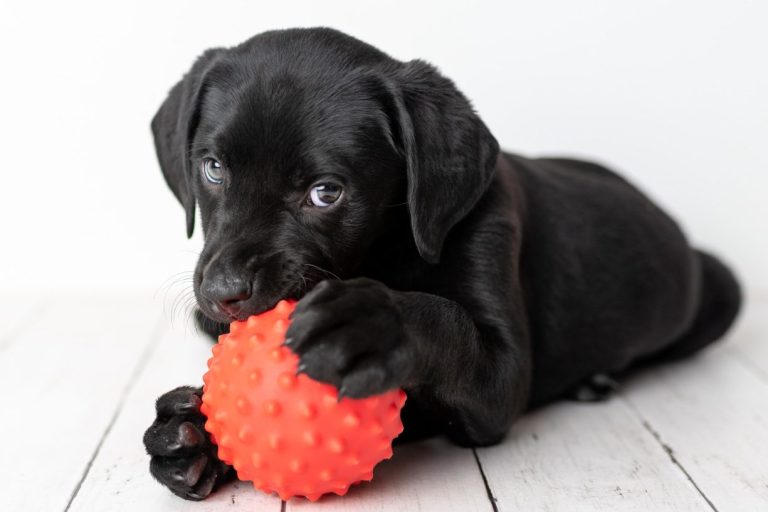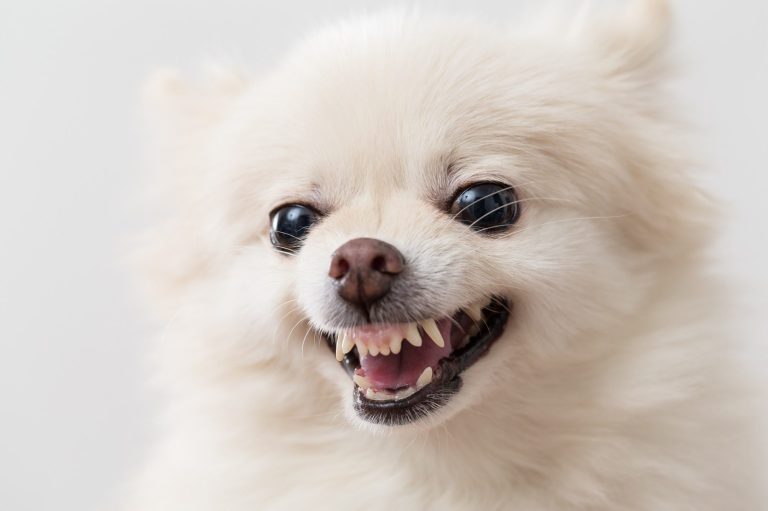Understanding a Nervous Dog
If you’re a dog owner, you’ve likely seen your furry friend have moments of anxiety or unease. Just like humans, dogs can feel nervous for a variety of reasons, and as their trusted companions, it's our responsibility to help them feel safe and understood. By learning to recognise the signs of a dog’s nervousness and knowing how to respond, you can strengthen your bond and create a more secure environment for your four legged family member.
Why Do Dogs Feel Nervous?
Dogs express emotions in ways we may not immediately recognise. Nervousness in dogs often stems from fear, uncertainty, or even past experiences. Here are a few common reasons dogs may display nervous behaviours:
- Loud Noises – Thunderstorms, fireworks, or even household appliances like vacuum cleaners can overwhelm dogs.
- Unfamiliar Environments – A trip to the vet, a bustling dog park, or moving to a new home can trigger anxiety.
- Past Trauma – Dogs rescued from shelters or abusive environments may carry trauma, making them more prone to fear.
- Social Interactions – Meeting new people or other animals can be intimidating, especially for naturally timid dogs.
- Changes in Routine – Dogs thrive on routine, and sudden shifts, like a new schedule or a change in family dynamics, can leave them feeling uneasy.
Recognising the Signs of Nervousness
Nervous dogs often exhibit subtle (and sometimes not so subtle) behaviours to express their discomfort. Being able to identify these signs can make you more attuned to their needs. Some common signs include:

Tucking
their tail
A dog's tail is a window into their emotions. A tucked tail is often a signal of fear or stress.

Flattened
ears
If their ears are pressed back against their head, they’re likely feeling uneasy.

Panting or drooling excessively
This can indicate that your pup is feeling overwhelmed.

Avoiding eye contact or hiding
They’re trying to remove themselves from a situation they find stressful.

Pacing or
shaking
Restlessness or trembling can be a response to anxiety, especially during events like thunderstorms.

Growling or
snapping
If a dog feels cornered or threatened, they may growl as a way to defend themselves.
It's essential to approach these behaviours with empathy rather than frustration. Remember, your dog isn’t being difficult, they’re trying to communicate their discomfort.
How to Help a Nervous Dog
Supporting a nervous dog takes patience, understanding, and consistent care. No two dogs are the same, but these practical tips can help reduce their anxiety:
1. Create a Safe Space
Provide a quiet and comfortable area in your home where your dog can retreat when they're feeling overwhelmed. This could be a cozy corner with their bed, favourite toys, and a blanket.
2. Stick to a Routine
Dogs find comfort in predictability. Feeding, walking, and playtime schedules should be as consistent as possible to provide them with a sense of stability.
3. Use Desensitisation Techniques
For situations that regularly cause stress, like car rides or meeting strangers, gradual exposure to these triggers paired with positive experiences can help reduce fear over time. For example, you can reward your dog with treats and praise during short car rides to help them associate the experience with something positive.
4. Try Calming Aids
There are various tools, like calming collars, anxiety wraps, or pheromone diffusers, that can help anxious dogs feel more at ease. Consult with your vet about which products might be best for your pet.
5. Practice Positive Reinforcement
Reward calm behaviour with treats, cuddles, or verbal praise. Reinforcing positive experiences helps build confidence and can make future interactions less intimidating.
6. Stay Calm Yourself
Dogs are incredibly perceptive and can pick up on your emotions. If you’re tense or stressed, they might mirror those feelings. When your dog is nervous, stay calm and offer gentle reassurance.
7. Consider Professional Help
If your dog’s anxiety becomes severe, seeking help from a professional dog trainer, animal behaviourist, or veterinarian can provide you with advanced tools and techniques to manage their stress.
Stepping Into Their Paws
Imagine being in a situation where everything feels unpredictable, scary or overwhelming, that’s what a nervous dog often experiences. Start by understanding the root causes of their anxiety and addressing it with love and patience, you can help them gain confidence. For example, during a thunderstorm, instead of scolding your dog for hiding, sit with them and offer gentle comfort. Over time, they'll learn that you're their source of safety in the midst of chaos.
Remember, progress may take time. Your dog may not overcome their fears overnight, but every small step counts. Celebrate milestones, whether it's them meeting a new dog without hesitation or staying calm during a car ride.


Empathy Is Key
Dogs rely on you to interpret their emotions and protect them. Being there for your nervous pup not only eases their anxiety but also builds a lasting sense of trust between you. With love, patience, and the right approach, you can help your dog face their fears and thrive as their happiest, most confident self.
After all, nothing beats the look of a reassured, tail wagging friend who trusts you wholeheartedly. 🐾
Enjoyed the Blog? Why Not Leave Us A Comment?
We need your consent to load the translations
We use a third-party service to translate the website content that may collect data about your activity. Please review the details in the privacy policy and accept the service to view the translations.
